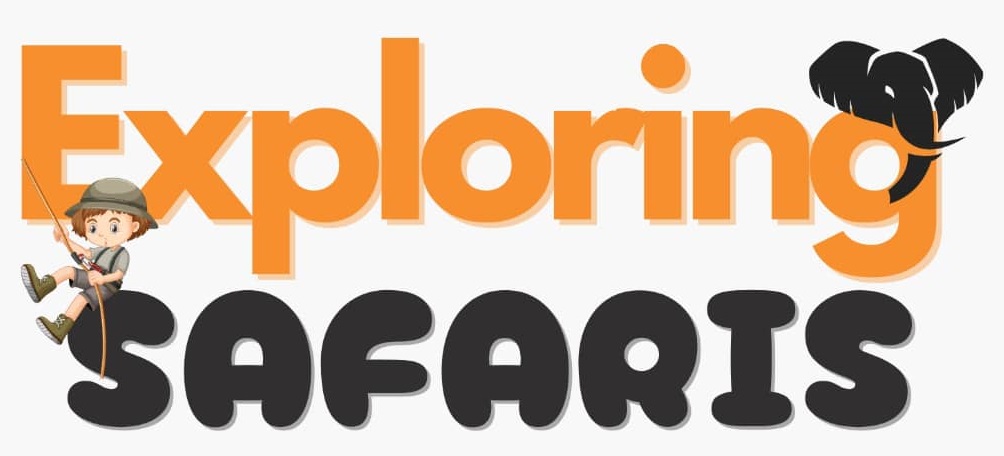Botswana is well known for having some of the best wilderness and wildlife areas on the African continent. With a full 38 percent of its total land area devoted to national parks, reserves and wildlife management areas – for the most part unfenced, allowing animals to roam wild and free – travel through many parts of the country has the feeling of moving through an immense Nature wonderland. Botswana is a rarity in our overpopulated, over-developed world. Untamed and untameable, it is one of the last great refuges for Nature’s magnificent pageantry of life.
Most visited Places in Botswana
CENTRAL KALAHARI GAME RESERVE
Nothing prepares you for the immensity of this reserve, nor its wild, mysterious beauty. There is the immediate impression of unending space, and having the entire reserve to yourself. Waist-high golden grasses seem to stretch interminably, punctuated by dwarfed trees and scrub bushes. Wide and empty pans appear as vast white stretches of saucer-flat earth, meeting a soft, blue-white sky. At night the stars utterly dominate the land; their brilliance and immediacy are totally arresting.
CHOBE NATIONAL PARK
Aptly and fondly known as ‘The Land of The Giants’, Chobe National Park in the north of beautiful Botswana is home to Africa’s largest elephant population and comprises more than 10,000km2 of rich ecosystems, diverse landscapes and an almost unparalleled abundance of wildlife and birdlife all centred around the stunning Chobe River, and in close proximity to a number of Southern Africa’s other safari must-sees. Chobe National Park sits in close proximity to the borders with Zimbabwe, Zambia and Namibia, making it a popular and easy day trip destination for visitors from Victoria Falls as well as for those on tours throughout the wider region of southern Africa.
MAKGADIKGADI PANS NATIONAL PARK
Imagine – if you will – an area the size of Portugal, largely uninhabited by humans. Its stark, flat, featureless terrain stretches – it would seem – to eternity, meeting and fusing with a milky-blue horizon. This is the Makgadikgadi – an area of 12 000 sq kms, part of the Kalahari Basin, yet unique to it – one of the largest salt pans in the world.
For much of the year, most of this desolate area remains waterless and extremely arid; and large mammals are thus absent. But during and following years of good rain, the two largest pans – Sowa to the east and Ntwetwe to the west – flood, attracting wildlife – zebra and wildebeest on the grassy plains – and most spectacularly flamingos at Sowa and Nata Sanctuary. Flamingo numbers can run into the tens – and sometimes – hundreds of thousands, and the spectacle can be completely overwhelming.
MOREMI GAME RESERVE
This gem of a National Park has garnered a number of important distinctions. in 2008, it was voted the ‘best game reserve in Africa’ by the prestigious African Travel and Tourism Association at South Africa’s premier tourism fair, Indaba.
It is the first reserve in Africa that was established by local residents. Concerned about the rapid depletion of wildlife in their ancestral lands – due to uncontrolled hunting and cattle encroachment – the Batawana people of Ngamiland, under the leadership of the deceased Chief Moremi III’s wife, Mrs. Moremi, took the bold initiative to proclaim Moremi a game reserve in 1963. It is the only officially protected area of the Okavango Delta, and as such holds tremendous scientific, environmental and conservation importance.
THE OKAVANGO DELTA
The Okavango Delta is a vast and varied ecosystem created as the Okavango River flows into the Kalahari desert in Botswana. Rich in wildlife, this World Heritage Site is a sanctuary to some of the world’s most endangered animals and birds.
The Okavango Delta is a unique pulsing wetland. More correctly an alluvial fan, the delta covers between 6 and 15 000 square kilometres of Kalahari Desert in northern Botswana and owes its existence to the Okavango (Kavango) River which flows from the Angolan highlands, across Namibia’s Caprivi Strip and into the harsh Kalahari Desert.

